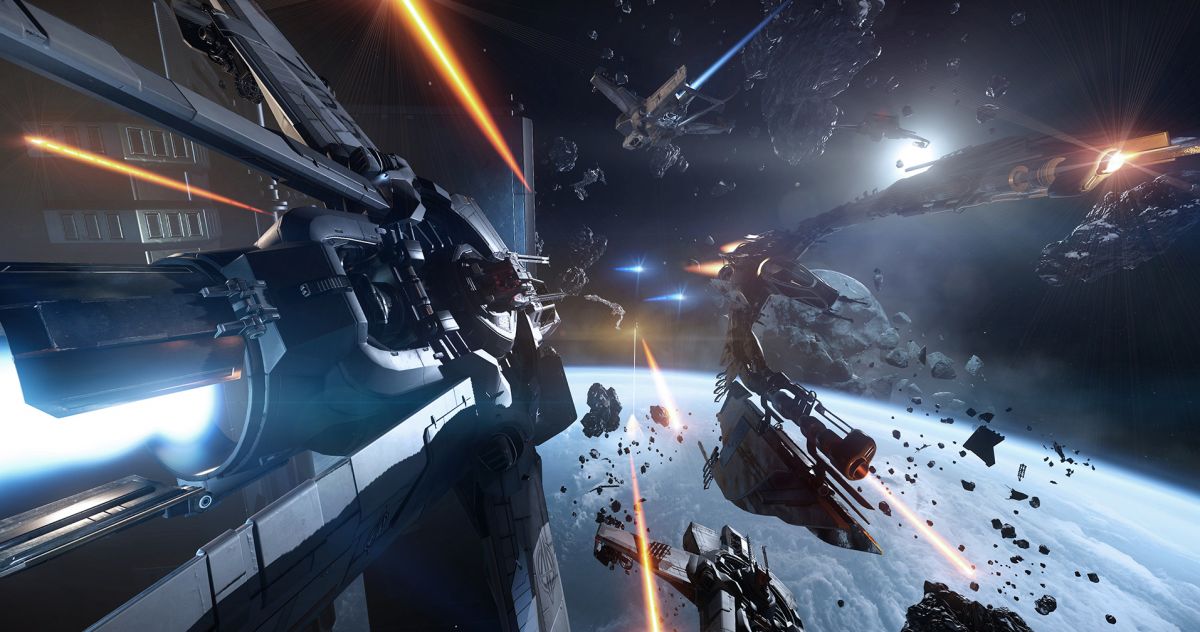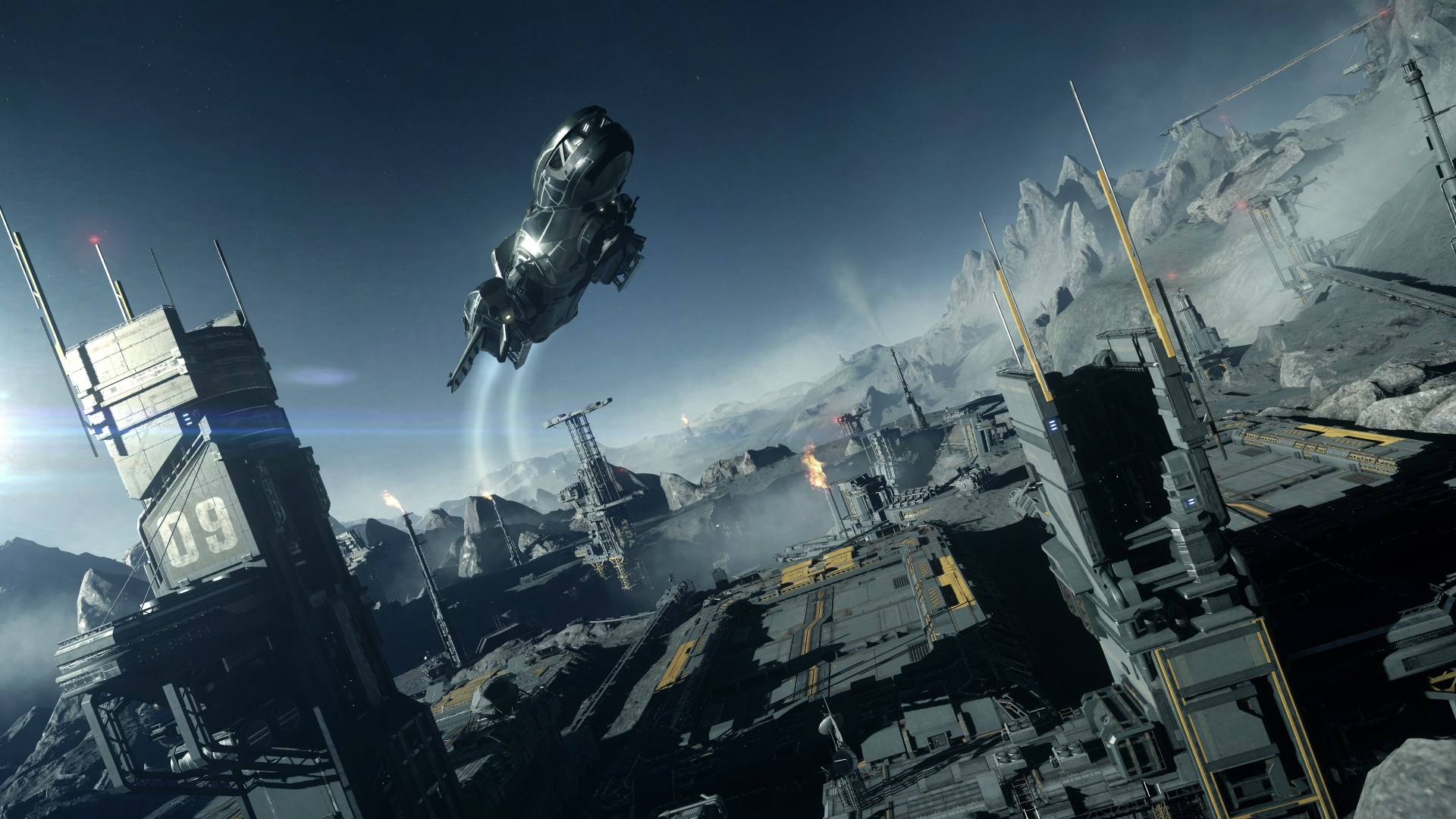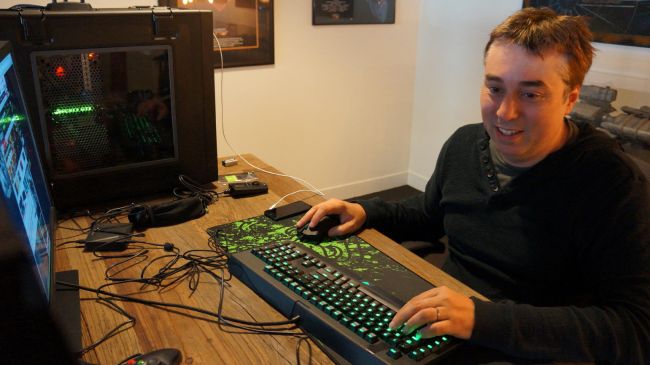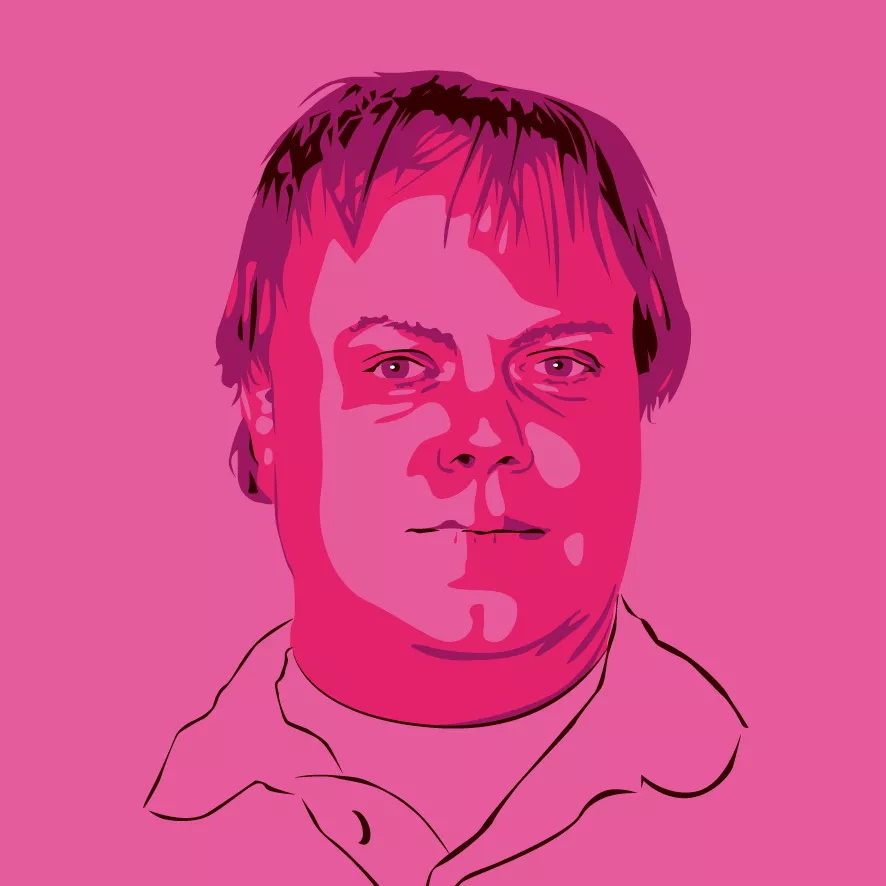Eight-month investigation lifts the lid on Star Citizen's troubled development
Chris Roberts says he's "much happier" with the state of Cloud Imperium Games these days, but problems persist.

“What's going on with Star Citizen?” In the videogame world, few questions loom larger. After five years of development and $125 million of crowdfunding, developer Cloud Imperium Games is still a long way from delivering a game close to what's been promised. To supporters, it's a slow but steady journey to what will be possibly the grandest videogame of all time; its detractors see Star Citizen as nothing less than a con that's become the second-biggest crowdfunding project of all time. In the midst of all that, an exhaustive report published today by Kotaku UK sheds some much-needed light on the situation and the people behind it, including the man who started it all, Chris Roberts.
What's immediately evident is that Cloud Imperium was in over its head almost from the very beginning. The money that poured in from neglected space sim fans drove Roberts to make ever-greater commitments, without any real plan to bring them to fruition. That meant that as the project got underway, the studio was forced to rely heavily on “third-party contractors, remote studios, and virtual collaboration,” which worked well enough at the outset but quickly became troublesome as the scale of the game grew.
One instance involving Denver-based studio Illfonic vividly illustrates both the trouble Cloud Imperium had with outside studios, and the confusion and lack of leadership that permeated development in the early years. In 2013, Illfonic was contracted to build the Star Marine module and the first-person systems that would eventually be used in Star Citizen; the plan was to use art assets created by Illfonic as an “environment kit” that Cloud Imperium could insert into other ship and station interiors. But after more than a year of work, it was discovered that they literally didn't fit into the new levels, because Illfonic had built them to the wrong scale.
“I thought we were all on the same page but I guess at some point we weren't because I started to hear back from the environment guys that, 'This thing doesn't fit with what we're doing',” Roberts said. “The communication wasn't good, but it was also a problem because there wasn't one person in charge of all of that.”

The report paints the decision to build the game on the CryEngine as a contentious point. Roberts didn't want to write an engine from scratch, and he felt that Crytek's technology was “just a bit more mature” than Unreal Engine 4, which was still fairly new at that point. But the engine had to be extensively modified to suit Star Citizen's unique purposes and scale, and because it wasn't in wide use beyond Crytek's walls at that point, finding employees familiar with the tech was difficult. Complicating matters even further, it was decided to build an entirely new first-person system within the engine—an engine that was built specifically for first-person shooters—something that a Foundry 42 source described as "a stupid, stupid decision."
It does sound like wasted effort, but Roberts says it was necessary to to achieve his idea of unified first and third-person perspectives within the game. “In most first-person shooters, the first-person is floating hands in front of a camera and the third person is an entirely different set of animations and assets,” he explained. “It works fine in first-person games, particularly single player first-person games. It's also the reason why, if you play a game like Crysis, the fidelity of the animations in the single player game aren't the same as you see in the multiplayer game.”
The situation improved somewhat in mid-2014, when Cloud Imperium started picking up employees from the Crytek UK, which was struggling to meet its payroll. But the influx of experienced employees also meant an influx of work, including tasks it wasn't meant to handle, as CIG sought to leverage its newfound expertise. The strain of the workload took a toll on the staff: The character art team, composed of a lead and two junior artists, resigned over a three-month span in 2015.
The biggest gaming news, reviews and hardware deals
Keep up to date with the most important stories and the best deals, as picked by the PC Gamer team.
The opening of Cloud Imperium's studio in Frankfurt allowed the studio to bring most of the work on Star Citizen under its own roof, but the sheer complexity of trying to simultaneously create every element of this massive, ambitious game often left developers unable to move ahead on their part of the project, because the technology or resources they required simply weren't at hand. Roberts acknowledged that designers in particular were frustrated, because “they're the ones that feel like the can't move until they have the tools from the engineers.” The situation was made worse by a desperately short supply of engineers at Cloud Imperium through 2013-14, and even now Roberts says the studio remains “understaffed for what we need to do on the engineering side,” although the shortage is far less acute than it was.
Despite the improved situation, Cloud Imperium is still dealing with the fallout of what the report calls “a culture of blame,” which fostered hostility and hard feelings among employees. “It was a nightmare at times,” one source said. “It was a fear for your job. You know the adage, ‘Shit rolls downhill?' If anything went wrong, there were a few people whose problem it never was, meaning it had to be someone else’s problem. No one took responsibility, and the only people who ended up with responsibility for a mess-up or a problem were people with no power to put it on anybody else.”

Roberts himself can be a problem too, according to some. One source said his refusal to compromise or consider other opinions created “an incredibly stressful environment,” and he's also accused of undermining the authority of his directors through habitual micromanagement, including giving personal direction to even the lowest-ranking staffers. And he doesn't deny the claims, at least not outright, but he does see his behavior in a different context. “I really do listen to everybody but then I make a decision and I expect my decision to be enacted,” he said. “I like to have a lot of really good creative people around and I like them to contribute all their ideas but when I say we're going left instead of right, everyone needs to go left. It's not an ego thing—it's about the project.”
One of the people interviewed for the report stated that it's flat-out impossible for Star Citizen to be delivered as promised; another, citing the "incredibly talented people" working on it, is equally confident that it will be. Wherever it ends up, as a sweeping epic of unparalleled proportions, the most infamous failure in videogame history, or somewhere on the scale in between, this report offers some very interesting insights into how it ultimately gets there. Catch it in full at Kotaku UK.

Andy has been gaming on PCs from the very beginning, starting as a youngster with text adventures and primitive action games on a cassette-based TRS80. From there he graduated to the glory days of Sierra Online adventures and Microprose sims, ran a local BBS, learned how to build PCs, and developed a longstanding love of RPGs, immersive sims, and shooters. He began writing videogame news in 2007 for The Escapist and somehow managed to avoid getting fired until 2014, when he joined the storied ranks of PC Gamer. He covers all aspects of the industry, from new game announcements and patch notes to legal disputes, Twitch beefs, esports, and Henry Cavill. Lots of Henry Cavill.

